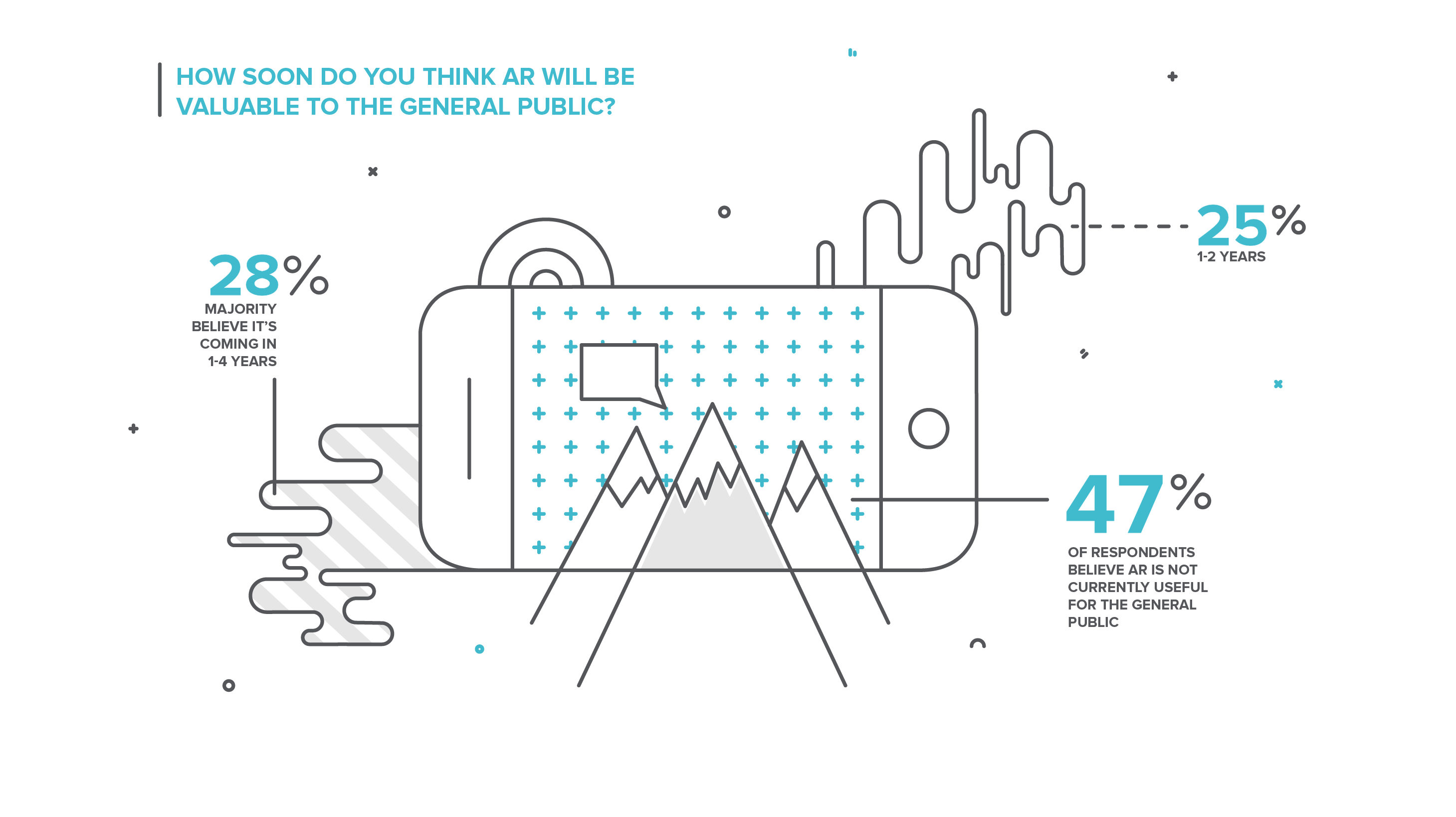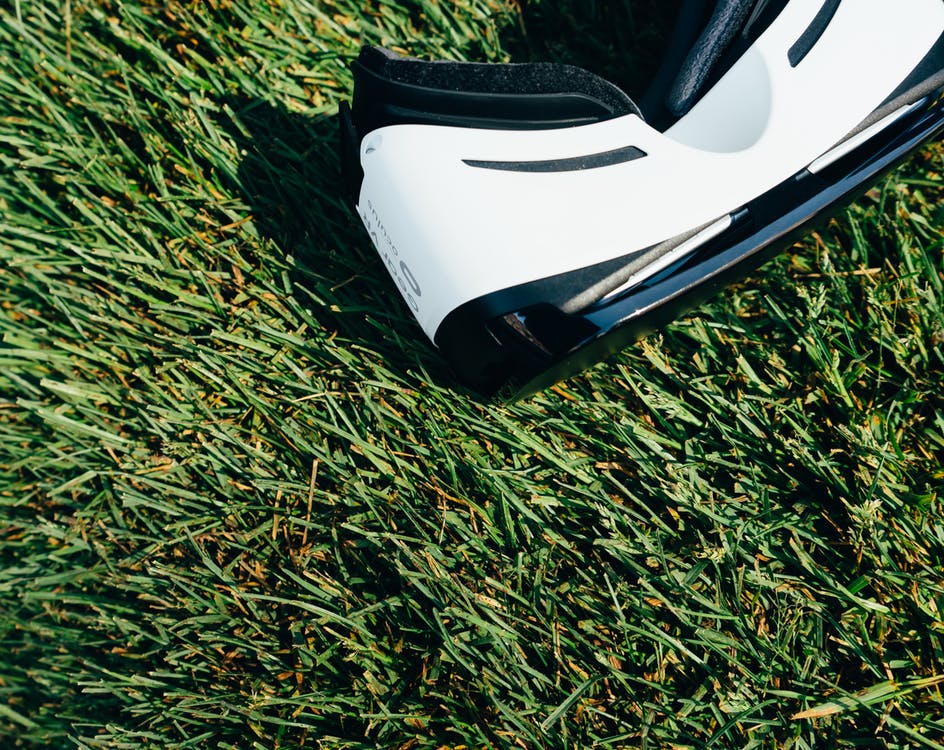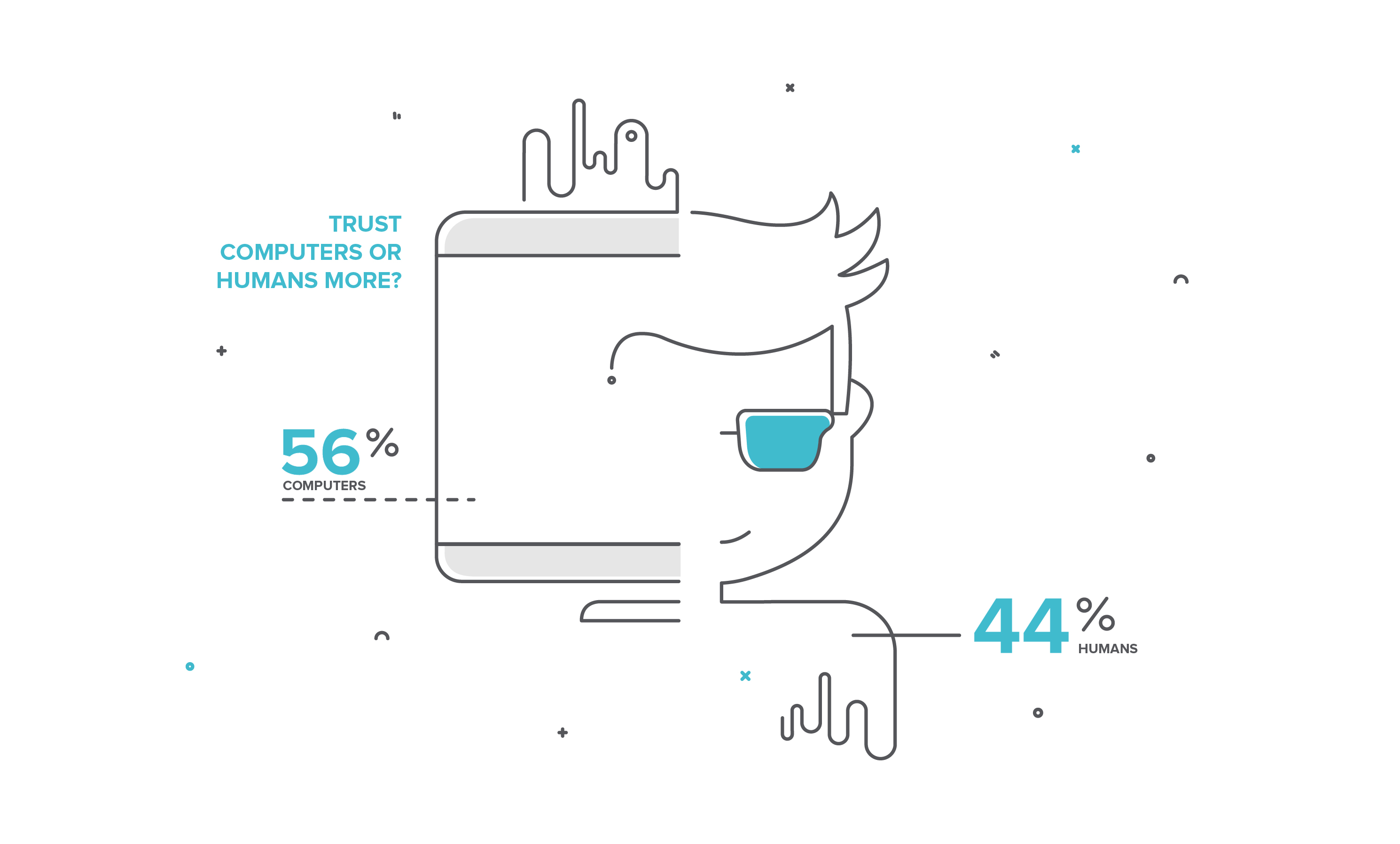Vehicle purchases are not impulsive decisions and can often be an emotional process for the auto buyer. It typically takes months for an individual to make the decision to purchase a new vehicle, conduct research about various makes and models, test-drive several options and then actually make the purchase.
While the car buyer most often visits a dealership to make a car purchase, more than 65% of the information-gathering and decision-making process is made prior to a shopper setting foot at a dealership’s location. At the same time, auto dealerships and OEM’s spend billions of dollars in advertising and marketing in order to engage with these shoppers at the beginning of the car buyer’s purchase path and along the information-gathering journey. Digitization provides new, more affordable opportunities for OEMs and dealerships wanting to disrupt the car-buying experience. Let’s explore three use cases for mobile technology that are putting these auto OEMs ahead of their competitors.
Transforming the Test-Drive
Mobile innovations have changed almost every aspect of auto dealership operations; even the way we test drive certain vehicles has evolved. Even though 90% of car buyers first turn to OEM or dealer websites to obtain information as part of the decision-making process, more than 80% of shoppers still prefer to test drive a particular vehicle prior to making a purchase. This could change over time as shoppers become comfortable with making a big investment without first experiencing the product; Some OEMs are betting on it and innovating the way a car buyer experiences a car – without ever visiting a showroom floor.
Volvo is one of the first major car brands to develop a virtual driving simulation through an app named Volvo Reality. The virtual reality app, available on Google Play and in the Apple app store, lets users experience different virtual driving environments as an effort to promote the sales of its XC90. A car buyer simply uses their device, with or without Google cardboard, to experience what it’s like to be in the driver’s seat of the Volvo XC90.
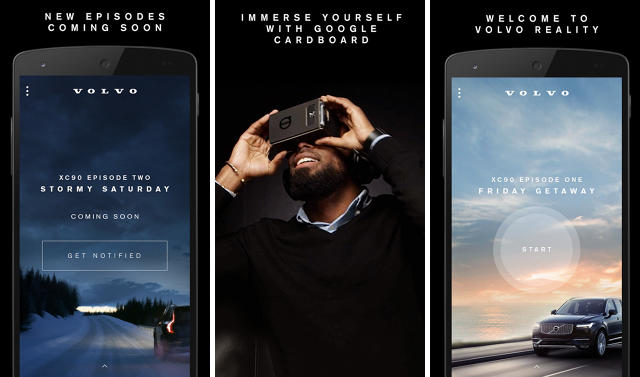 Image Credit: Volvo
Image Credit: Volvo
Using Beacons to Convert Shoppers into Buyers
Beacons are battery-powered devices that connect with users’ smartphones over Bluetooth when the phone comes within range of a beacon device. When used in a retail environment, beacons send notifications to a shopper with promotions, coupons, offers or some sort of special information about a product.
According to Harris Poll for Placecast, only 57% of U.S. smartphone owners are aware of beacons, but 73% of consumers indicate they would be more likely to buy in-store if they received beacon-triggered content and offers. Several beacons placed at various locations on a vehicle would be able to tell shoppers about features and specifications. This is a huge advantage for automobile dealerships who can influence customers via beacons along their car-buying journey.
Ford is already testing in-store beacons and experiencing major success by attaching beacons to different models on the showroom floor. In an interview with Edmunds.com, Ford spokesperson Elizabeth Weigandt explained: “a beacon attached to the front of a 2015 Ford F-150 pickup can send a message to the shopper explaining the special LED lighting. As the customer moved to the back of the vehicle, another beacon would provide information on the integrated tailgate step. Someone looking at a 2015 Mustang GT could learn from an underhood beacon that the 5.0-liter V8 engine puts out 435 horsepower, and a beacon near the windshield might give them some information on the car’s adaptive cruise control and rain-sensing wipers.”
Beyond transmitting information, beacons are also a valuable source of information about the journey of the customer or prospect. Although the beacon does not receive data, it is possible to analyze aggregate information about a customer’s interaction with multiple beacons to learn more about their behavior.
![]() Image Credit: WardsAuto
Image Credit: WardsAuto
Boosting the Ownership Manual Experience with Augmented Reality
Brands must continue to innovate in order to stay competitive. Creating a unique, industry-leading customer experience that satisfies buyers who have more knowledge and higher expectations has become increasingly more difficult. OEMs and dealerships are introducing new formats to enhance the overall customer experience and even changing how the customer interacts with their owner’s manual.
Audi is leading the way for brands wanting to evolve the owner’s manuals. The luxury car brand turned to augmented reality to completely replace the traditional car manual experience. Audi’s app eKurzinfo enables automobile owners to look through their phone’s camera to ascertain various car parts for a truly intuitive experience. The app can recognize a total of 300 different car parts just by positioning a phone camera to vehicle elements. For example, the engine temperature gauge will provide information on what the gauge measures. If the app identifies high-temperature readings, an animated overlay details information on the cooler tank’s location.
Audi’s app also provides how-to information as well as maintenance instructions delivered in animated 3D. The app utilizes cloud-based technology to push digital data to the device which means the user will never need to update the app. Besides Audi, Hyundai is also investing in augmented reality as well. The company launched its new owner manual last year at the LA Auto Show, and earlier this year at CES, Hyundai gave demonstrations on how car owners can use the app to learn how to conduct simple maintenance checkups such as oil changes.
These car companies are revolutionizing the way customers interact with their brand, positioning them ahead of competitors who are slow to innovate. In an industry where there are numerous opportunities to innovate and create new customer experiences, dealerships and OEMs can take advantage of mobile. It helps to strengthen the bond with the buyer and the brand, solidifying a potential life-long relationship that can drive higher profit margins and repeat business.
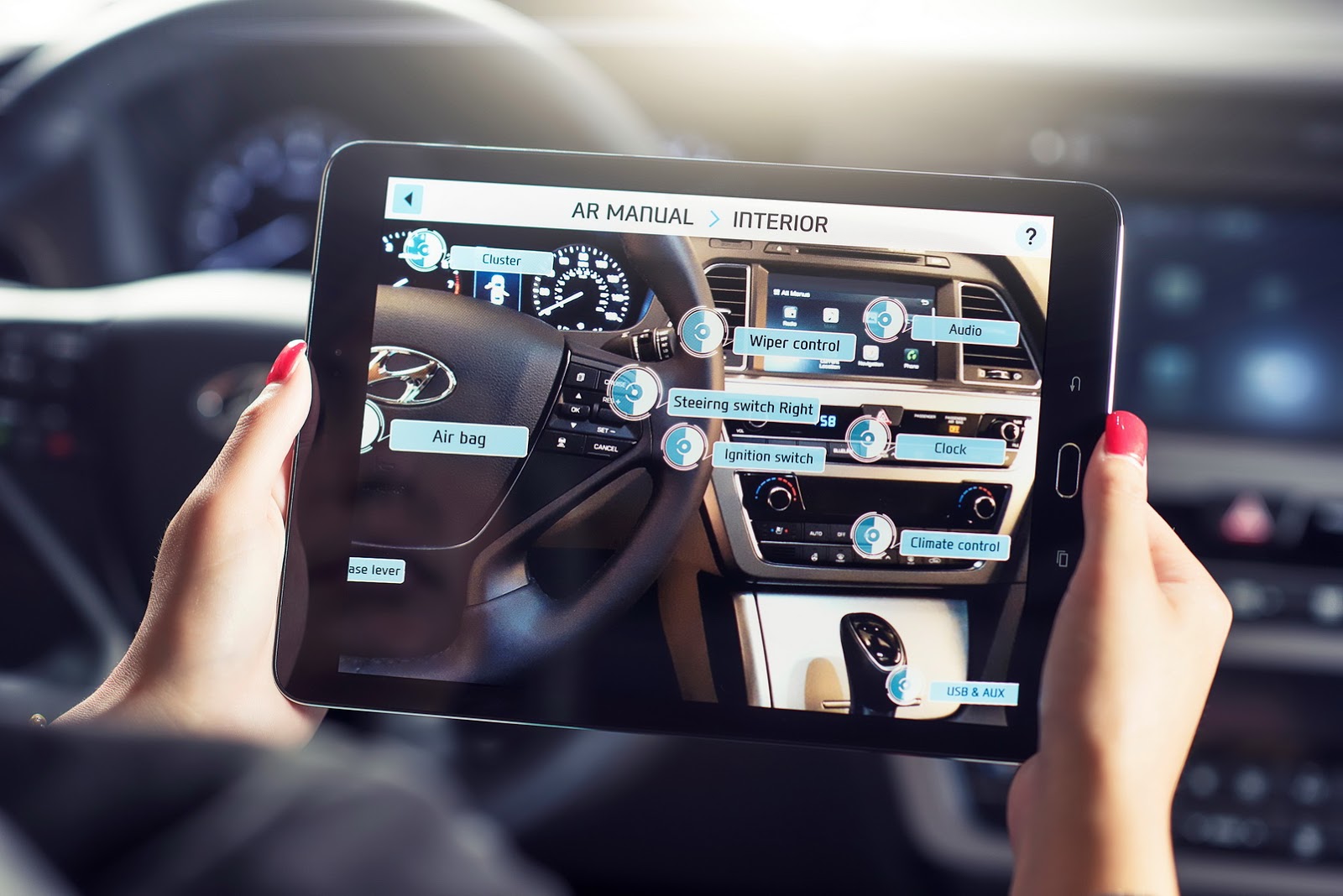 The Hyundai Virtual Guide is a 2D/3D app for iOS and Android.
The Hyundai Virtual Guide is a 2D/3D app for iOS and Android.
 The SK Content Team
The SK Content Team